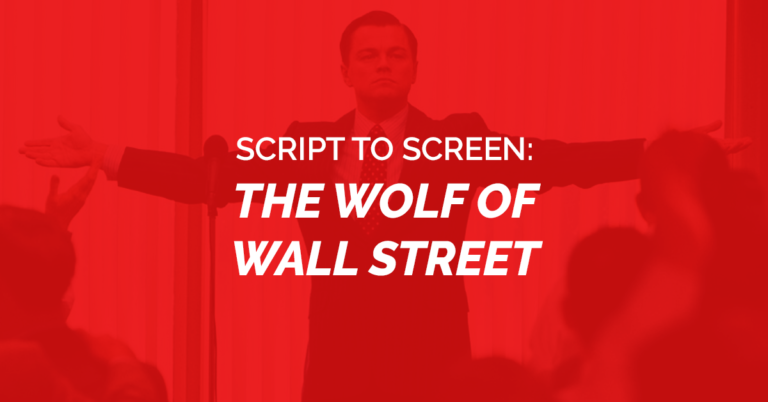By Jeff Legge · January 14, 2018

Quentin Tarantino. Aaron Sorkin. David Mamet. Martin Scorsese. If there’s one thing all four have in common, it’s a distinctive approach to dialogue that slices through their filmographies like hot knives through butter. And in spite of the old adage that less is more, it’s films like Goodfellas, Pulp Fiction and Glengarry Glen Ross that tend to inspire young writers with their long-winded, high-intensity verbal back and forths.
Yet, in an industry in which screenwriters are warned constantly against the pitfalls of overwriting (particularly loud, unsubtle, and overwrought dialogue), such a high-octane approach cuts against the grain. Nine times out of ten, it’s for good reason. Because as easy as it is to spot Scorsese-esque dialogue, it’s even easier to spot an imitation.
So, what’s the difference?
Scorsese rarely has a hand in the writing of his own screenplays. Still, there’s a particular intensity that tends to weave its way through his best work. More importantly, as a director, he’s an expert at making the “go big or go home” approach work in ways that tend to elude his competition.
From Henry Hill to Bill the Butcher, it’s clear that Scorsese has a soft spot for characters that never miss an opportunity to chew the scenery. Don’t believe us? Check out our latest script-to-screen breakdown featuring this particularly chewable bit of screenwriting goodness from The Wolf of Wall Street.
It’s a scene that holds nothing back. From the intensity of DiCaprio’s performance to the cocaine energy of the crowd, every element is cranked up to eleven. In the hands of a lesser writer, a scene like this would run the risk of spiraling into self-parody, but writer Terence Winter manages to make it work – even in its scripted form, without all of the directorial flourishes.
The reason it works is simple: because despite the fact that this scene teeters on breaking the film’s already heightened sense of reality, it feels earned. Not only is it grounded in strong characterization, it also has one foot planted firmly in the film’s central theme – greed.
Recall that by this point in Scorsese’s nearly three-hour-long Wall Street epic, the audience is already well-acquainted with Jordan Belfort. We understand him, having witnessed his rise bit by bit, culminating here in an incredible feat of salesmanship that functions as the perfect exclamation mark: a greed-soaked motivational speech, delivered by a man that’s just as much a coach as he is a preacher.
The film builds to this moment, having already established Belfort’s no-holds-barred manner of speaking, as well as the film’s ultimate thematic through-line. Because of this, the heightened approach to the sequence feels appropriate rather than jarring – riveting, amusing and even somewhat disturbing, but never silly or overblown.
Ultimately the old adage holds true. That is to say, nine times out of ten, less generally is more. Still, with films like Goodfellas and The Wolf of Wall Street ingrained in our collective cinematic consciousness, perhaps the true lesson here is this: don’t be cinema-resistant.
Be bold. Go big from time to time – so long as the scene in question is both thematically engaging and character appropriate. In other words, earn it, or else you risk alienating your audience altogether.
 Jeff Legge first turned to movies as an escape from the dark, frozen winters of Canada. Later, he moved to Los Angeles where he cut his teeth as a script reader while completing an MFA at the University of Southern California’s School of Cinematic Arts. He does not recommend playing Scene-It with him, though he does appreciate a good ego boost.
Jeff Legge first turned to movies as an escape from the dark, frozen winters of Canada. Later, he moved to Los Angeles where he cut his teeth as a script reader while completing an MFA at the University of Southern California’s School of Cinematic Arts. He does not recommend playing Scene-It with him, though he does appreciate a good ego boost.
For all the latest from The Script Lab, be sure to follow us on Twitter, Facebook, and Instagram.